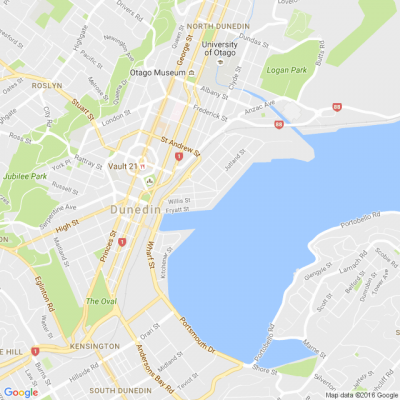
Know what’s happening
Access the private noticeboard for verified neighbours near you. Keep informed about any suspicious activity, send urgent updates to your neighbours when required and discuss emergency planning.
Get to know your neighbours
Browse the directory and start getting to know your neighbours. Don’t want to post to the whole neighbourhood? Send a private message.
Buy, sell and give away
Want to declutter your garage? Buy some used household items? Give away some garden stuff? Become a verified neighbour to browse and post items for sale. Trading is simple when everyone lives nearby.

Happy 2025, neighbour!
Wishing you the best year ahead!

Thank you for using Neighbourly
You may receive an email confirmation for any offer you selected. The associated companies will contact you directly to activate your requests.
Nicole Mathewson Reporter from Dunedin News
From reporter Hamish McNeilly:
One of the largest infrastructure projects in the country – the $1.4billion rebuild of Dunedin Hospital – is under pressure.
Earlier this year those involved with the project were told to trim $100m from its budget while preserving as much as the design and… View moreFrom reporter Hamish McNeilly:
One of the largest infrastructure projects in the country – the $1.4billion rebuild of Dunedin Hospital – is under pressure.
Earlier this year those involved with the project were told to trim $100m from its budget while preserving as much as the design and clinical capacity as possible within a ‘’reduced footprint’’, a report from Te Whatu Ora Southern has revealed.
That report also detailed some of the risks of cost-cutting around the current design, some four years in the planning.
It suggests “undoing this in as many months carries significant reputational, operational and clinical risk”.
Those short term solutions, as part of what is known as “Option 4.2”, could result in increased costs over the life of the hospital, the report, dated September 2, warns.
“Without this due diligence, Te Whatu Ora Southern are unable to provide confidence that all potential risks associated with Option 4.2 have been adequately identified.”
Those risks included fewer beds being available than the current – albeit ageing – hospital, while the size of a laboratory would be cut.
The new option would also see changes to a mental health unit for older people, less storage for drinking water, and the removal of two logistics lifts and a bridge linking the inpatients’ and outpatients’ buildings.
While the design of the facility was “advanced”, significant changes to the design, particularly a reduction in size, would have a “negative impact on the reputation of the project and the NDH (New Dunedin Hospital) amongst both the public and Te Whatu Ora Southern staff”.
The report highlighted other concerns about that reputational risk, including public perception that the burden of providing health services is being pushed onto primary and community providers, and staff airing concerns and grievances to media.
The risk to the project’s reputation, alongside interested parties in the south, was “significant”.
“The need for a new hospital has been well interrogated, and public interest in the NDH is high,” the report said.
It also noted key clinical staff had given input into the design, and are “concerned that decisions are being made against clinical advice and data, and this will lead to poorer clinical and operational outcomes”.
That included growing anxiety over the possible exclusion of services, and the presumption that alternative funding would be found elsewhere.
“Staff feel there is significant risk that sufficient funding will not eventuate to offer these services in suitable facilities, and the community will suffer as a consequence.”
The report concluded: “Any change in the size or scope of the NDH, and any demand for significant redesign with accompanying consultant costs and demands on clinical staff’s time, will have a widespread negative effect on the reputation and expectations of the NDH project and facility.”
That would be perceived as a “broken promise” from what was approved in the detailed business case two years ago.
The revamp of Dunedin Hospital is part of the Government’s $7 billion programme to upgrade the country’s public hospitals.
Former Health Minister Chris Hipkins said the new hospital would “transform healthcare” in the region and deliver “improved health outcomes for future generations”.
Te Whatu Ora Southern’s report also highlighted how an interprofessional learning centre, with the support of the University of Otago and Otago Polytechnic, may also be missing from the project after an “official error or omission”.
The professional development unit would offer simulation spaces for training purposes, with Dunedin offering the widest range of health sciences disciplines in New Zealand.
The three parties were set to contribute around $17m each, but the cost pressure of the project meant the university would look at constructing the facility.
But due to its own cost pressures with other projects the university withdrew its offer in February.
That advice was passed onto the Ministry of Health, but never incorporated into written advice to ministers.
“Accordingly the records shows ministers approving a saving that did not, and does not, exist,” the report said.
A Te Whatu Ora – Health New Zealand spokesperson said: “Our position on the new Dunedin Hospital remains unchanged since the release of this report.
“We remain committed to ensuring Dunedin will receive a fit-for-purpose, state-of-the-art facility. Better care for patients remains the priority.”
Health Minister Andrew Little said he had not seen the report.
He said: “Every major building project in the hospital system has been asked to look carefully at their costs, because in the current climate we expect cost escalation.
“However, any substantial change to the new Dunedin Hospital project would require ministerial approval. I have received no advice about proposed changes to the scope or scale of that project.”

Nicole Mathewson Reporter from Dunedin News
From reporter Hamish McNeilly
Andy Dalton went to hospital after struggling to breathe. He would later learn he had days to live.
The 41-year-old father-of-two found himself breathless while running, then later when lying down.
On October 11, he went to Dunedin Hospital’s emergency … View moreFrom reporter Hamish McNeilly
Andy Dalton went to hospital after struggling to breathe. He would later learn he had days to live.
The 41-year-old father-of-two found himself breathless while running, then later when lying down.
On October 11, he went to Dunedin Hospital’s emergency department where a tumour was detected pressing against his windpipe.
“He wasn’t able to get air into his lungs,” Amanda O’Connor, 36, speaking on behalf of her partner, said.
A scan revealed Dalton was breathing through a space of only about 3 millimetres. He was transferred to the hospital’s intensive care unit (ICU) that night.
Surgery to remove the tumour revealed he had a super aggressive and rare form of cancer called anaplastic thyroid cancer, which they couldn’t remove.
He was given a tracheostomy – a hole through the front of the neck and into the windpipe – so he could breathe.
But while in ICU the tumour continued to grow and began to restrict his airway.
A few days later Dalton was told he had “days left”.
“We were a bit shell shocked,” O’Connor said.
Dalton’s two children – a son, 8, and a daughter, 4, were “doing as well as you can expect”, she said.
The pair highlighted the incredible support they had at hospital, which included a consultant coming in on his day off to bring Dalton home in an ambulance for three hours, so he could say goodbye to family and friends.
“We were expecting any time,” O’Connor said.
Dalton, who communicates via a tablet, told Stuff hospital staff had “gone above and beyond treating me with the utmost care in what has been an incredibly scary, stressful and emotional experience”.
On Tuesday, Dalton had his final radiation treatment aimed at prolonging his life, which appeared to help slow the growth.
While the cancer was incurable, testing revealed he had a specific mutation known as the Braf gene.
Unfunded drugs that cost $5500 a month targeted the mutation and slowed the growth of the tumour.
“It does slightly improve prognosis, gives him slightly more time but nothing is a curative treatment for Andy’s cancer,” O’Connor said.
The family wanted him to have more time, particularly for his children, so they had set up a Givealittle page, hoping to raise $50,000.
Another potential treatment option was also unfunded, immunotherapy medication, PDL-1, which cost $100,000 a year.
“Nobody thinks he will get that amount of time,” O’Connor said.
He had returned home and the family had realised they were “on shaky ground”, she said.
“Every day since then has been a gift.
“I have found it a challenge, as his partner, to try and put on a positive face every day.”
The best case scenario was for the tumour to shrink around the windpipe, and he could speak – albeit quietly – with the tracheostomy still in place.
Dalton was able to talk with the help of an electronic device, as well as ‘’charades’’ with his children.
His son was desperate to have his dad watch him play sport, which included futsal and touch.
‘’It is about maximising memories for the kids,’’ O’Connor said.

Lisa from South Dunedin
The Otago Polytechnic / Te Pūkenga Horticulture Student Showcase Plant Sale is Saturday 19 November, 9.30 - 1.30 pm, at 100 Anzac Avenue, Dunedin.
There will be a large range of edible and ornamental plants for sale - grown by our students.
Food Forage Tour
Bonsai Demonstration
Tree Climbing… View moreThe Otago Polytechnic / Te Pūkenga Horticulture Student Showcase Plant Sale is Saturday 19 November, 9.30 - 1.30 pm, at 100 Anzac Avenue, Dunedin.
There will be a large range of edible and ornamental plants for sale - grown by our students.
Food Forage Tour
Bonsai Demonstration
Tree Climbing for Children
Food Truck
See the attached flyer for more information

Hey Neighbours, did you know that Arthritis affects more than 700,000 New Zealanders and is a leading cause of disability?
This month you could help Arthritis New Zealand by purchasing a testpot of your favourite orange.
Buy any orange Resene testpot 60 ml at your local Resene owned ColorShop… View moreHey Neighbours, did you know that Arthritis affects more than 700,000 New Zealanders and is a leading cause of disability?
This month you could help Arthritis New Zealand by purchasing a testpot of your favourite orange.
Buy any orange Resene testpot 60 ml at your local Resene owned ColorShop in November 2021 and Resene will donate $1 to Arthritis NZ! The more orange testpots you buy, the more will be donated.
Find out more

For only $15 a ticket, you can win a brand-new home in Whitianga valued at over $1.2 million. Built to perfection by Jennian Homes, this three-bedroom, two-bathroom home is spacious, open-planned and comes fully-furnished!
Make it your permanent residence, a holiday home, a rental or sell it … View moreFor only $15 a ticket, you can win a brand-new home in Whitianga valued at over $1.2 million. Built to perfection by Jennian Homes, this three-bedroom, two-bathroom home is spacious, open-planned and comes fully-furnished!
Make it your permanent residence, a holiday home, a rental or sell it – it could be all yours for only $15! Be in to win by purchasing a ticket today.
Find out more
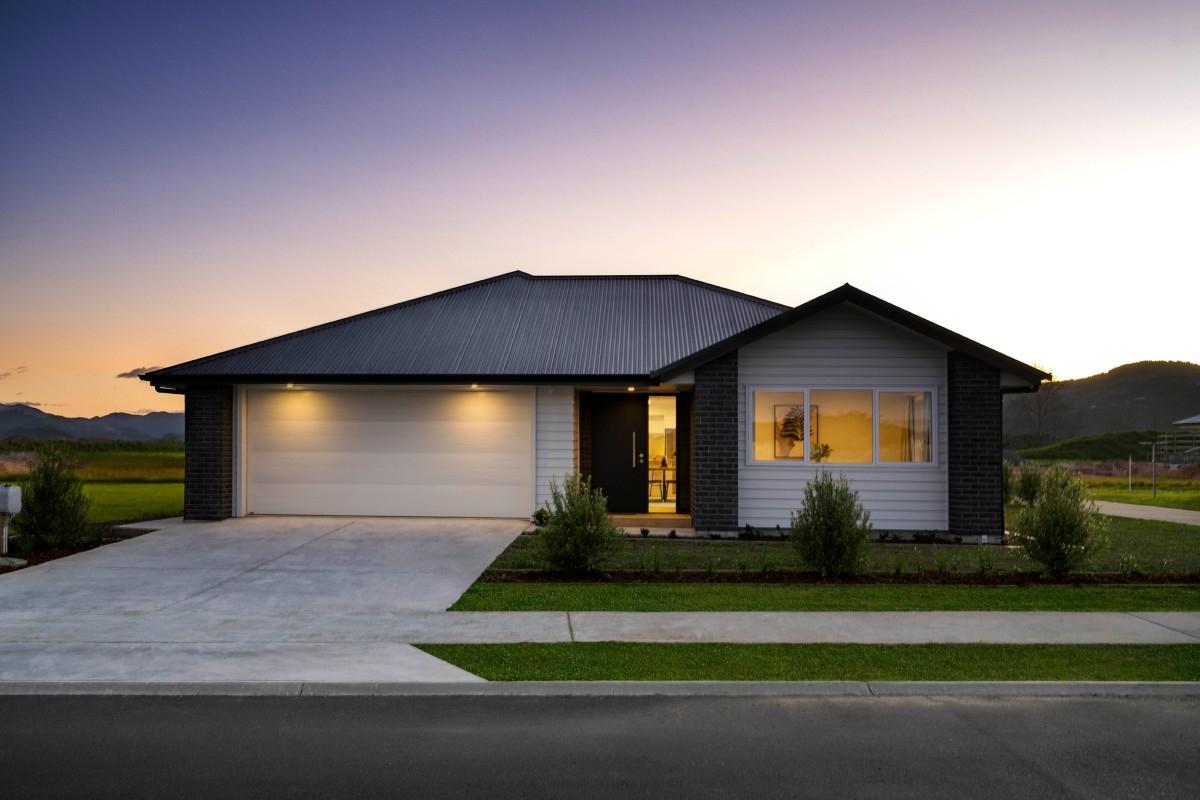
Ashleigh from Neighbourly.co.nz
Every week, locals are being nominated for a Nice Neighbour Award and we think there's likely someone in your life who is worthy.
Whether it's someone who has been there in a time of need, has helped your family, or who regularly volunteers their time in their community - we'd love… View moreEvery week, locals are being nominated for a Nice Neighbour Award and we think there's likely someone in your life who is worthy.
Whether it's someone who has been there in a time of need, has helped your family, or who regularly volunteers their time in their community - we'd love to hear about them.
If your neighbour is picked as this week's Nice Neighbour, you’ll both receive a $25 Prezzy® card plus your special neighbour will feature in community newspapers around New Zealand as an inspiration to us all.
Let us know who should be recognised for their good deeds by nominating now.
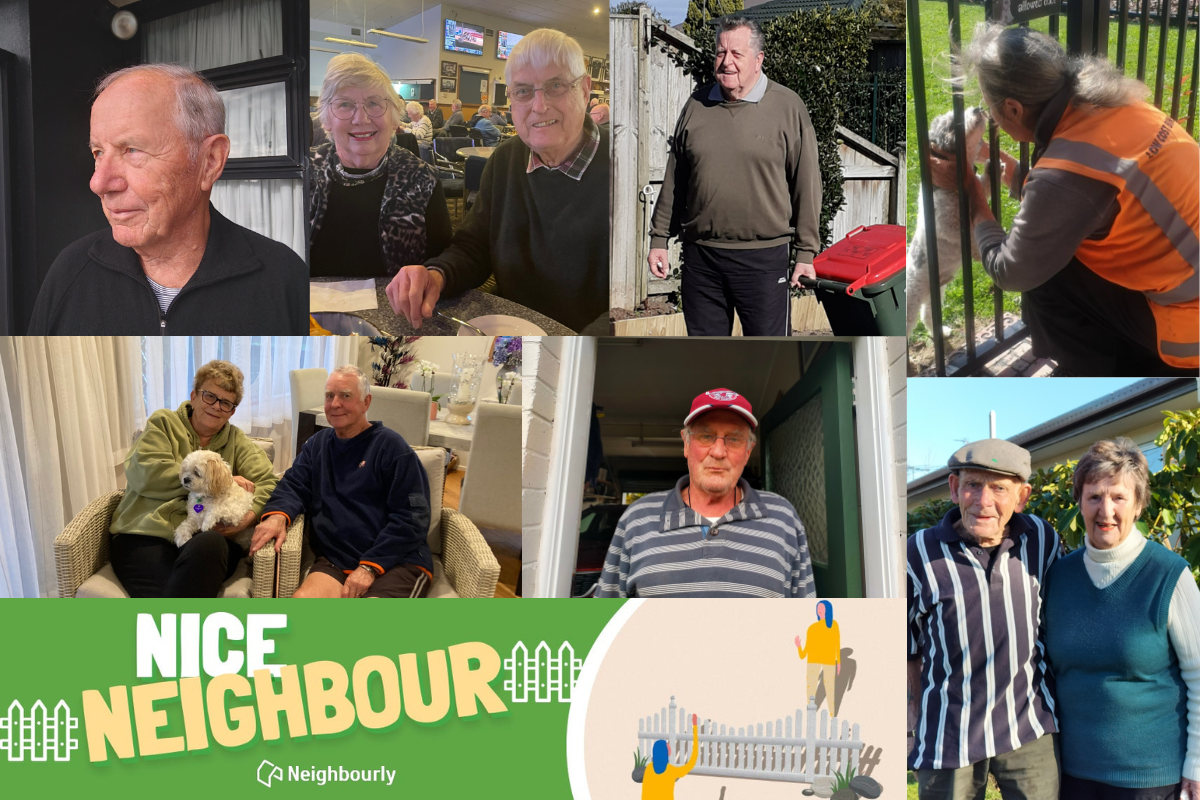
Henry from North Dunedin
2004 Subaru Outback H6 3.0L
Selling as we've just purchased a 2010 Outback and it's time to make some room on the driveway. This car has been on many adventures, towed many tonnes and is ready for more.
Will be sad to see it go, but can't justify owning two Outbacks haha
… View more2004 Subaru Outback H6 3.0L
Selling as we've just purchased a 2010 Outback and it's time to make some room on the driveway. This car has been on many adventures, towed many tonnes and is ready for more.
Will be sad to see it go, but can't justify owning two Outbacks haha
Grunty and torquey engine makes light work of Dunedin's hills, love the H6 platform so we went with the 3.6L on our 2010.
Features:
- AWD
- Timing-chain engine
- Leather interior
- Heated front seats
- 1,800kg towing capacity
- McIntosh Sound System (BT Fitted)
- Electric driver seat adjustment
- Heated wing mirrors
- ABS + Traction control
- ISOFIX points for baby seat
- Cargo/Dog fan + 12V Socket in boot
Extras:
- 4x Pirelli Ice Asimmetrico Tyres (Fitted to 2004 mags)
- 4x Hankook H426 (Fitted to 2010 mags)
- Thule roof racks
- 2x Snow chains
- STi Genome Mufflers (Factory mufflers included)
Personalized plates not included with vehicle.
Will be sold with new WoF, Rego and new VTNZ issued plates.
Price: $5,000
The Team from Resene ColorShop Dunedin
Personalise your tree this year with adorable homemade woodland characters. Use Resene testpots to create these four cuties. Find out how to create your own.

Nicole Mathewson Reporter from Dunedin News
From reporter Hamish McNeilly:
The tide may have turned for the Dunedin’s famed St Clair beach poles.
In June, heavy swells stripped sand from the popular city beach, exposing coastal defences in the form of giant sand sausages, and leaving a solitary pole remaining – before that too was … View moreFrom reporter Hamish McNeilly:
The tide may have turned for the Dunedin’s famed St Clair beach poles.
In June, heavy swells stripped sand from the popular city beach, exposing coastal defences in the form of giant sand sausages, and leaving a solitary pole remaining – before that too was destroyed.
Those poles once formed part of a groyne – a series of poles embedded in the sand and designed to trap sand – first installed 120 years ago.
Reinstating the groynes to assist with coast erosion was a pet project of former councillor Jules Radich. Now he’s the mayor, and the Dunedin City Council is preparing to vote to have them reinstated.
Radich’s motion to reinstall a groyne at St Clair on a five-year trial basis was rejected by the last council at a June meeting.
Prior to that vote he told Stuff he did not have the numbers, and “the only blockage to this is political”.
Fast-forward five months and Mayor Radich is likely to have the numbers, when the matter is again discussed at a council meeting on November 8.
That motion that council: ‘’Requests an urgent report on the cost and time frames for reinstating the St Clair groyne, potentially on a trial basis’’, was signed by the mayor and five other councillors.
An online poll, backed and promoted by Radich, to reinstate the wooden poles had attracted thousands of signatures.
The council’s St Clair- St Kilda Coastal Plan was adopted in February. That short-term walk includes improving access, removing redundant infrastructure, and dune stability work.
In an effort to retain sand at the beach, a groyne or a similar structure designed to trap sand, could be constructed.
‘’This could create an enhanced high tide beach. It would require ongoing investments to top-up and sustain sand levels over longer periods,’’ the plan said.
A 2019 council report concluded a groyne would help retain sand on one side, but reduce sand on the other.
To be effective, a groyne at St Clair would need to be at least 65m long.
Another council report, this time in 2020, estimated the cost to construct a timber groyne at $150,000, with additional maintenance costs.

The Team from NZ Compare
Having the right mobile plan is pretty important these days but with so many plans on offer, it’s difficult to know if you’re getting the best deal without seeing them all side by side. Luckily for you Neighbours, we’ve got a solution…
Mobile Compare! A new and improved addition to the … View moreHaving the right mobile plan is pretty important these days but with so many plans on offer, it’s difficult to know if you’re getting the best deal without seeing them all side by side. Luckily for you Neighbours, we’ve got a solution…
Mobile Compare! A new and improved addition to the NZ Compare suite of comparison websites, is LAUNCHING SOON!
You'll be able to see all leading NZ provider's plans side by side so you can make a fully informed choice.
HEAD OVER and add your email to our mailing list to be the first to know when it's launched.
LEARN MORE

Colleen from Neighbourly.co.nz
There's a fine line between being helpful and minding your own business.

Nicole Mathewson Reporter from Otago News
By reporter Miriam Bell:
Queenstown house prices remain the highest in the country, and its market appears to be going against the broader declining trend, experts say.
In the latest figures from Quotable Value (QV), the Queenstown-Lakes District is the only region to record a quarterly … View moreBy reporter Miriam Bell:
Queenstown house prices remain the highest in the country, and its market appears to be going against the broader declining trend, experts say.
In the latest figures from Quotable Value (QV), the Queenstown-Lakes District is the only region to record a quarterly price increase. It has the average price up 0.2% to $1.69 million in September.
On an annual basis, the average is up 11.6% from the same time last year, and it is 4.5% higher than at the start of the year.
Likewise, CoreLogic has Queenstown’s average up by 0.4% last month, and by 12.9% annually, to $1.68m in September.
In contrast, both property companies show the national average, and prices in much of the rest of the country, on a downward trajectory.
And in Auckland and Wellington, there have been double-digit price declines since the market peak late last year, according to the Real Estate Institute.
CoreLogic chief property economist Kelvin Davidson says the Queenstown market is a small market, and that means its price and sales figures can jump around quite a bit on a monthly basis.
But its prices have remained pretty stable in the last six to seven months, over a period when prices in other markets have fallen, he says.
“There is a sense of stability, rather than prices continuing to rise markedly, but that is in a market that is already expensive and which has affordability issues.
“It is not immune to trends around interest rates and lending, so I wouldn’t rule out some price falls in future, even if they are smaller than elsewhere, but currently Queenstown’s market is holding up well.”
There were concerns about the Queenstown market’s future in the early days of Covid, but the area’s physical attributes and lifestyle appeal meant it was always likely to bounce back, he says.
“Those attributes remain in play, but now the borders have opened, and tourists are returning, so there is a degree of confidence that Queenstown will be okay. It has a market that looks different to elsewhere, and is bucking the trend.”
As in the rest of the country, sales are down. There were 80 sales in September, down from 101 in August and from 106 last September, Real Estate Institute figures show.
But the institute’s regional director, Gail Hudson, says owner-occupier inquiry has increased markedly, with interest from Auckland and other areas of the South Island remaining strong.
Genuine buyers are attending auctions, and open homes are busy, which shows there is still a good amount of interested buyers, although there is less urgency, she says.
Ray White Queenstown principal Bas Smith says fluctuations in sales are not uncommon as it is a much smaller market than the focus it attracts suggests.
But the decline in sales volumes from last year was not a bad thing as the market was crazy last year, he says.
“At the higher end of the market, particularly in the $2.5m to $3m land sale space, we are finding it very busy, and activity is steady generally.”
Queenstown’s market never really has huge falls in prices, and even during the global financial crisis they held relatively steady, apart from the apartment market which had been oversold previously, he says.
“It is viewed as a safe haven, and a desirable place to live. Many people are envious of the lifestyle that they see here, especially during lockdowns.
“That has fired up people around the country and in Australia, and left them keen to come here to tap into the lifestyle on offer, and pursue remote working options.”
The market is benefitting from that, with a bit of a flow of capital from Australia and Auckland into Queenstown real estate, and little drag in prices despite the slower market, Smith says.
Another factor that puts a floor under Queenstown prices is a shortage of housing, despite continued development of areas such as Frankton, and significant planned development in Wanaka.
Harcourts Queenstown sales manager Priscilla Uhrle says a shortage of land means that when land comes on the market it gets sold before titles are issued.
This is helping keep supply tight, and the fact that many local buyers are reluctant to list until they have sold, to ensure they have somewhere to move to, also contributes to the shortage of stock, she says.
“It was a bit quieter over winter, and spring seemed to come a month late, but open home numbers have really lifted and October was very busy.
“All the auctions we have done in recent weeks have sold under the hammer, with multiple bids. One entry level house in Fern Hill went on the market last week, got five offers right away, and is now under offer.”
While sales and price figures can vary each month due to the size of the market, prices do seem to be holding up well, she says.
“The last two years have taught me there is no point in making predictions about what the market might do, but currently it is moving at a good, steady pace.”
More local first-home buyers are being pushed into the market by rising interest rates, Uhrle says.
“The wait and see approach isn’t working for them, and they want to lock in a purchase before rates go up too much more, so what rates do next could make a difference in future.”
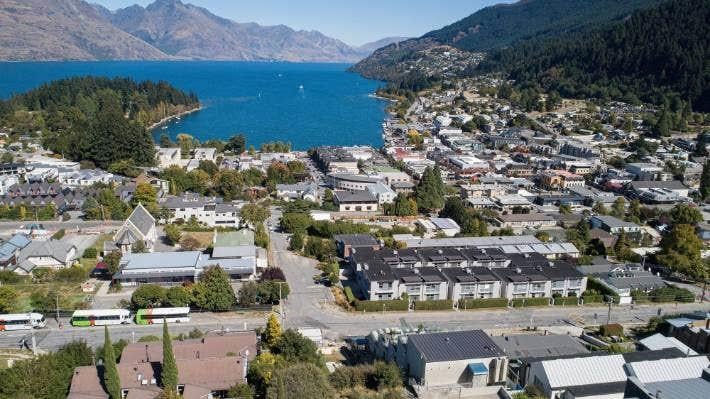
The Team from Red Cross Shop Dunedin
We will be adding to our display over the next month. 🎄
Meeting an ever-increasing need in our communities, Christmas Box provides more than just food in a time of need, it also brings a reminder that there is a community of people who care.
We believe by alleviating some of the pressure that families feel at Christmas time through our food parcels, … View moreMeeting an ever-increasing need in our communities, Christmas Box provides more than just food in a time of need, it also brings a reminder that there is a community of people who care.
We believe by alleviating some of the pressure that families feel at Christmas time through our food parcels, it will create a lasting impact that goes beyond a treat at Christmas.
For only $40 you can donate a Christmas Box to a family in need, providing not just practical help, but much deserved hope too.
Donate now

 Loading…
Loading…
Are you sure? Deleting this message permanently removes it from the Neighbourly website.
 Loading…
Loading…
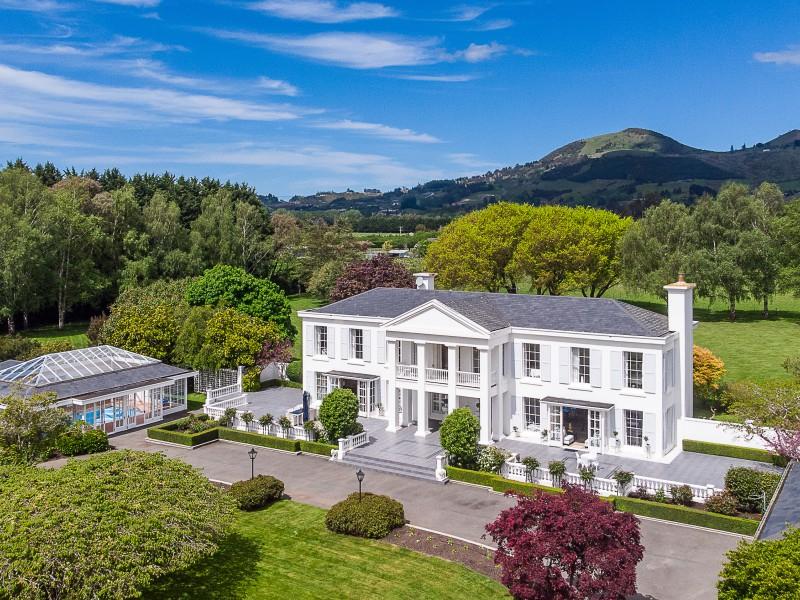
 $3,300,000
$3,300,000



 Marketed by Ray Kean
Marketed by Ray Kean
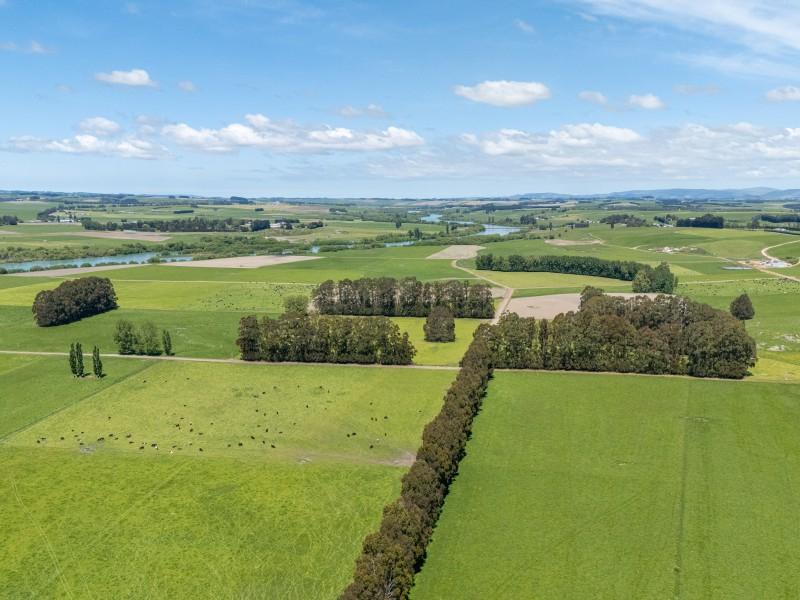
 By Negotiation
By Negotiation

 Marketed by Ray Kean
Marketed by Ray Kean

 $5,225,000 + GST (if any)
$5,225,000 + GST (if any)



 Marketed by John Faulks
Marketed by John Faulks
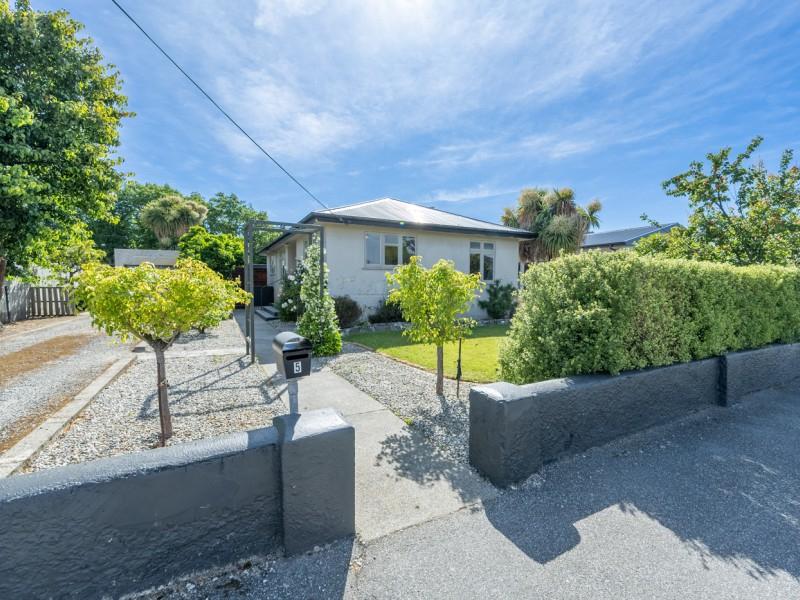
 Buyers $595,000+
Buyers $595,000+



 Marketed by Carol Stafford
Marketed by Carol Stafford
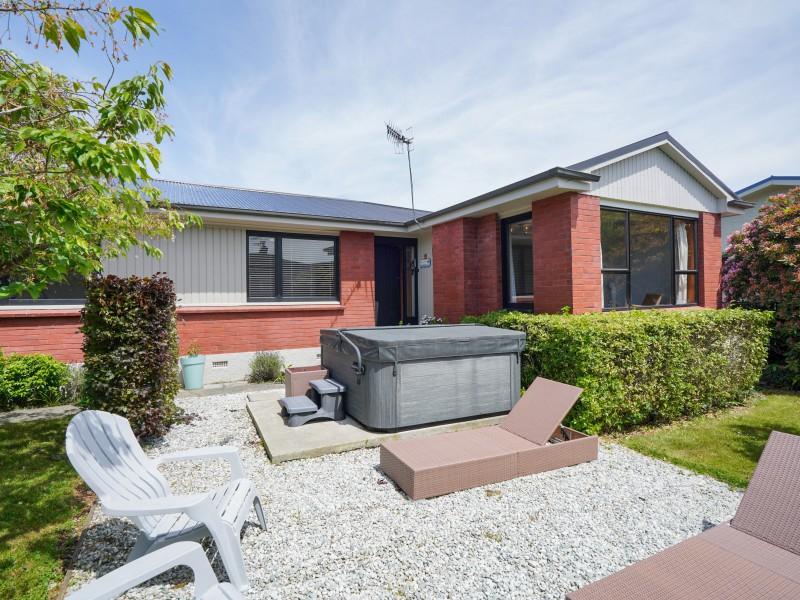
 Deadline Sale
Deadline Sale


 Marketed by Brian Coyle
Marketed by Brian Coyle
© Neighbourly 2025
